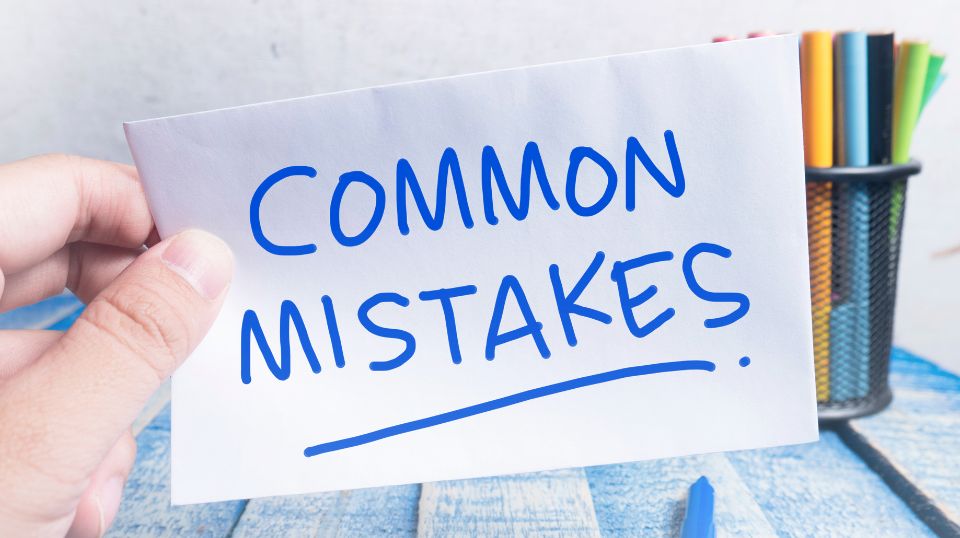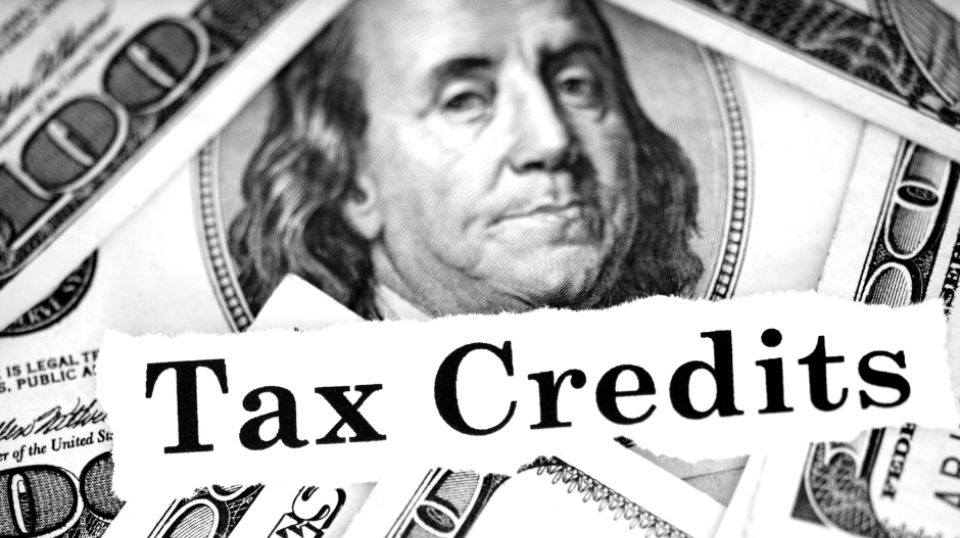 More and more, Americans are spending their time on the internet and small businesses are finding that if they want to connect with the customers, they have to be on the internet as well.
More and more, Americans are spending their time on the internet and small businesses are finding that if they want to connect with the customers, they have to be on the internet as well.
A 2019 study by the website Big Commerce found that not only are Americans turning to the internet for information, they’re also turning there to shop. The study found that only 9.6 percent of Gen Z (born between 1997 and the present) have purchased something in a physical store. The numbers are only slightly higher for Millennials at 31.4 percent, Gen X at 27.5 percent and Baby Boomers at 31.9 percent.
In other words, the internet is where the shoppers are.
But selling on the internet causes problems and a lot of paperwork for small businesses, in part because of a 2018 ruling by the U.S. Supreme Court.
South Dakota v. Wayfair
In 2018, the Supreme Court ruled that states can collect sales tax from a company even if the company doesn’t have a physical presence in the state. That’s different than the previous law which said that a state could only collect sales tax from a company with a physical presence (i.e. an office, manufacturing site, etc.) within the state.
This new ruling has determined that if there is an economic nexus within a specific state, then the state is within its rights to collect sales tax from the company. The word nexus is very important. States are now looking at exactly how much business a company is doing within their borders. If a company’s sales reach a certain threshold, then the company is considered to have a “presence” other than a physical one within the state.
For example, if a company makes $100,000 in sales in Arkansas in 2019, it has an economic nexus within the state. Arkansas also has a provision that considers any company that makes 200 sales or more within the state, to have an economic nexus within the state. In both instances, even though the company has no physical location in Arkansas, it must still pay the state’s sales tax.
Many major corporations were prepared for the fallout from the Supreme Court’s decision. While it may lead to a little extra paperwork for Wayfair, the truth is a company of that size can handle it.
The real problem is the smaller, mom and pop shops that now must navigate their way through each and every state to figure out if they owe sales tax and if so, how much.
How Congress is Dealing with the Fall Out of South Dakota v. Wayfair
Right now, several bills are working their way through Congress to try and help out small businesses.
H.R. 379 would negate the Supreme Court ruling and make it so states could not collect sales tax from a company that does not have a physical presence in the state unless the state has a law that requires sales tax to be collected on e-commerce sales.
H.R. 6724 introduced in 2018, would do something similar.
H.R. 1933 aims to ease the burden on small businesses by preventing states from collecting any sales tax from sales that took place before the Supreme Court ruling. It would also hold small businesses that do less than $10 million in online sales annually exempt from paying state sales taxes.
A bill introduced in 2018, H.R. 6824, would do something similar to H.R. 1933.
Sales Tax by State for 2019 (Updated July 2019)
Until things change, small businesses will be required to pay sales tax in each state that it has an economic nexus, in other words, a presence in. Below is a chart that looks at what each state’s sales tax is and what the state’s economic nexus is.
| State | Sales Tax Rate | Annual Economic Nexus |
| Alabama | 4% | $250,000 |
| Alaska | 0% | n/a |
| Arizona | 5.6% | $200,000 |
| Arkansas | 6.5% | $100,000 or 200 or more separate transactions |
| California | 7.25% | $500,000 |
| Colorado | 2.9% | $100,000 |
| Connecticut | 6.35% | $250,000 and 200 transactions |
| Delaware | 0% | n/a |
| Florida | 6% | $100,000 or 200 or more separate transactions |
| Georgia | 4% | $250,000 or 200 or more sales |
| Hawaii | 4% | $100,000 or 200 or more separate transactions |
| Idaho | 6% | $100,000 |
| Illinois | 6.25% | $100,000 or 200 or more separate transactions |
| Indiana | 7% | $100,000 or 200 or more separate transactions |
| Iowa | 6% | $100,000 |
| Kansas | 6.5% | $100,000 (effective 10/1/19) |
| Kentucky | 6% | $100,000 or 200 or more separate transactions |
| Louisiana | 4.45% | $100,000 or 200 or more separate transactions |
| Maine | 5.5% | $100,000 or 200 or more separate transactions |
| Maryland | 6% | $100,000 or 200 or more separate transactions |
| Massachusetts | 6.25% | $500,000 and 100 or more transactions |
| Michigan | 6% | $100,000 or 200 or more separate transactions |
| Minnesota | 6.88% | $100,000 or 200 or more retail sales |
| Mississippi | 7% | $250,000 |
| Missouri | 4.23% | $100,000 or 200 or more separate transactions (effective 10/1/19) |
| Montana | 0% | n/a |
| Nebraska | 5.5% | $100,000 or 200 or more separate transactions |
| Nevada | 6.85% | $100,000 or 200 or more separate transactions |
| New Hampshire | 0% | n/a |
| New Jersey | 6.63% | $100,000 or 200 or more separate transactions |
| New Mexico | 5.13% | $100,000 |
| New York | 4% | $500,000 in sales of tangible personal property and more than 100 sales |
| North Carolina | 4.75% | $100,000 or 200 or more separate transactions |
| North Dakota | 5% | $100,000 |
| Ohio | 5.75% | $500,000 |
| Oklahoma | 4.5% | $100,000 in aggregate sales of TPP |
| Oregon | 0% | n/a |
| Pennsylvania | 6% | $100,000 |
| Rhode Island | 7% | $100,000 or 200 or more separate transactions |
| South Carolina | 6% | $100,000 |
| South Dakota | 4.5% | $100,000 or 200 or more separate transactions |
| Tennessee | 7% | $500,000 |
| Texas | 6.25% | $500,000 (effective 10/1/19) |
| Utah | 5.95% | $100,000 or 200 or more separate transactions |
| Vermont | 6% | $100,000 or 200 or more separate transactions |
| Virginia | 5.3% | $100,000 or 200 or more separate transactions |
| Washington | 6.5% | $100,000 |
| Washington, D.C. | 6% | $100,000 or 200 separate retail sales |
| West Virginia | 6% | $100,000 or 200 or more separate transactions |
| Wisconsin | 5% | $100,000 or 200 or more separate transactions |
| Wyoming | 4% | $100,000 or 200 or more separate transactions |
This chart is a look at where things stand currently, however, states and businesses are still getting used to these new rules and you can bet that they will change over the next few years.
It will be essential for any small business owner that makes sales online to keep tabs on what each state they do business in is doing.
The Upside of the Wayfair Supreme Court Decision
If there is one silver lining in all of this, it’s that it is possible this will force states to come to a collective agreement on how they tax e-commerce.
South Dakota is part of the Streamlined Sales and Use Tax Agreement put forth by the Streamlined Sales Tax Governing Board. The board was formed in 2000 to help “…simplify and modernize sales and use tax administration in order to substantially reduce the burden of tax compliance.”
According to the Streamlined Sales Tax Governing Board’s website it deals with the following:
- State level administration of sales and use tax collections.
- Uniformity in the state and local tax bases.
- Uniformity of major tax base definitions.
- Central, electronic registration system for all member states.
- Simplification of state and local tax rates.
- Uniform sourcing rules for all taxable transactions.
- Simplified administration of exemptions.
- Simplified tax returns.
- Simplification of tax remittances.
- Protection of consumer privacy.
As of July 2019, 24 states have adopted the policies of the Streamlined Sales Tax Governing Board and it’s possible that more will soon.






